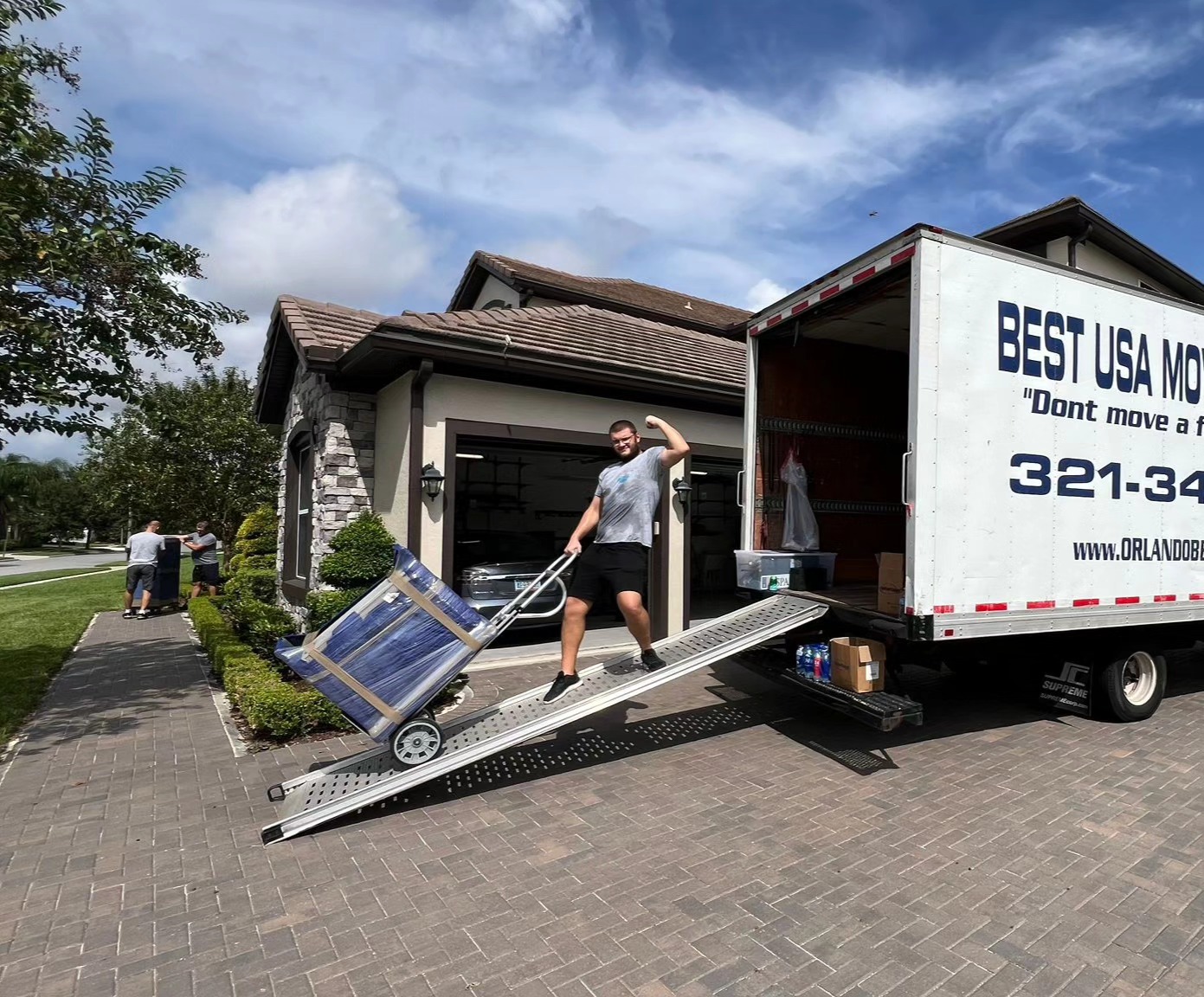Floods can strike with little warning, leaving behind devastating damage to homes, businesses, and communities. While most homeowners focus on fire, theft, and liability coverage, flood insurance often gets overlooked—until it’s too late. In recent years, extreme weather events have become increasingly common, making flood protection more crucial than ever.
If you’re wondering whether flood insurance is worth the investment, the short answer is yes. This article explores how flood insurance can prevent financial disaster, what it covers, and why you should make it a cornerstone of your risk management plan.
Understanding the Risks of Flooding
Floods Are More Common Than You Think
Many people associate floods with coastal areas or major hurricanes, but floods can happen almost anywhere. According to the Federal Emergency Management Agency (FEMA), over 20% of flood insurance claims come from low-to-moderate risk areas. Heavy rain, melting snow, poor drainage systems, and even new construction projects can increase the risk of flooding in areas previously considered safe.
Financial Impacts of Flood Damage
Flood damage is not only disruptive but also incredibly expensive. Just one inch of floodwater in a home can cause up to $25,000 in damages. Without flood insurance, these costs fall entirely on the homeowner. While federal disaster assistance can provide some help, it’s often a loan that must be repaid—with interest.
Having the right flood insurance policy can mean the difference between recovery and financial ruin. It provides peace of mind that you’re covered when the unexpected happens.
What Flood Insurance Covers
Structure and Foundation
A standard flood insurance policy typically covers the structural aspects of your home, including the foundation, electrical and plumbing systems, HVAC units, flooring, and built-in appliances. This coverage ensures that if a flood damages the core components of your house, you’re not left footing the bill entirely on your own.
Personal Property
Flood insurance can also extend to personal belongings, such as furniture, electronics, clothing, and valuable household items. Coverage levels vary, but replacing these items out of pocket can quickly exceed tens of thousands of dollars without insurance.
Limitations and Exclusions
It’s important to understand that flood insurance does have limitations. It may not cover damage from moisture, mildew, or mold that could have been prevented, and it usually doesn’t include landscaping, cars, or temporary housing during repairs. Reviewing your policy details is essential to avoid any surprises when it matters most.
Why Homeowners Insurance Isn’t Enough
Many people assume their homeowners insurance covers flood-related damages. Unfortunately, standard homeowners policies do not include flood protection. This misconception can leave property owners exposed to substantial risks.
Only a dedicated flood insurance policy—either through the National Flood Insurance Program (NFIP) or a private insurer—can provide the necessary coverage for flood-related losses.
The NFIP vs. Private Flood Insurance
The NFIP, managed by FEMA, offers government-backed flood insurance with set coverage limits and rates. While it’s widely available, it may not meet the needs of every homeowner, particularly those with high-value properties.
Private flood insurance, on the other hand, can offer more flexible terms, higher coverage limits, and additional features. Comparing both options ensures you get the protection that best fits your specific circumstances.
Real-Life Examples: The Cost of Being Uninsured
Consider this scenario: A family living in a suburban area experiences a flash flood after an unexpected storm. Their basement floods, damaging the furnace, water heater, washer/dryer, and all stored belongings. With no flood insurance, they’re faced with a $35,000 repair and replacement bill.
Contrast that with a neighbor who has flood insurance. Their policy covers structural damage and personal property, and the family receives compensation to help with repairs and recovery. The difference isn’t just in money—it’s in peace of mind, reduced stress, and the ability to return to normal life faster.
Benefits of Investing in Flood Insurance
Financial Security
The primary benefit of flood insurance is financial protection. Rather than draining your savings or going into debt to make repairs, you can rely on your policy to cover a significant portion of the costs.
Faster Recovery
When disaster strikes, time is of the essence. Having flood insurance helps speed up the recovery process. Insured homeowners can begin repairs immediately, while uninsured individuals may face delays waiting for loans or government aid.
Increased Property Value and Marketability
Homes in flood-prone areas with existing flood insurance are often more attractive to buyers. It demonstrates that the property is responsibly protected, which can lead to smoother transactions and fewer complications during resale.
Peace of Mind
Knowing you’re protected offers peace of mind that’s hard to quantify. Natural disasters are unpredictable, but your preparation doesn’t have to be. Flood insurance ensures that you’re ready for the worst, even if it never comes.
How to Get the Right Flood Insurance Policy
Assess Your Risk Level
Start by researching your area’s flood risk. FEMA’s flood maps are a good starting point, but local zoning departments and real estate professionals can also provide insights. Even if you’re in a moderate or low-risk zone, coverage may still be wise—and more affordable than you think.
Choose the Right Coverage Amount
Evaluate the value of your home and personal property. Ensure your policy’s limits align with your assets. Undervaluing your coverage might save on premiums short-term but can be costly if disaster strikes.
Compare Providers
Don’t just default to the NFIP. Private insurers can offer competitive policies with expanded coverage options. Get multiple quotes and understand the pros and cons of each option before making a decision.
Review Annually
As property values and risk levels change, so should your insurance policy. Make it a habit to review your flood insurance every year and update it accordingly.
Common Myths About Flood Insurance
“I Don’t Live in a High-Risk Area, So I Don’t Need It.”
As mentioned earlier, over 20% of flood claims come from areas not considered high-risk. Flooding can result from broken infrastructure, heavy rain, or even clogged drainage systems.
“Federal Disaster Aid Will Cover Me.”
Federal aid is limited, often capped at low amounts, and typically comes in the form of loans—not grants. Relying solely on disaster aid is risky and insufficient.
“Flood Insurance Is Too Expensive.”
Compared to the cost of flood damage, premiums are often surprisingly affordable, especially in low-risk areas. Premiums through the NFIP can start as low as a few hundred dollars annually.
Taking Action: Protect Your Future with Flood Insurance
The financial aftermath of flooding can be overwhelming, but it doesn’t have to be. Investing in a flood insurance policy is one of the smartest steps homeowners and business owners can take to protect their properties and savings. At Platinum Insurance, we understand that no two homes are alike. Our expert advisors work with you to assess your risk, compare policy options, and ensure you get the best protection for your needs. Whether you’re in a coastal zone, near a river, or simply want peace of mind in an unpredictable climate, flood insurance is a proactive investment that pays off when it matters most. Don’t wait for the water to rise—secure your coverage today and safeguard your financial future.




